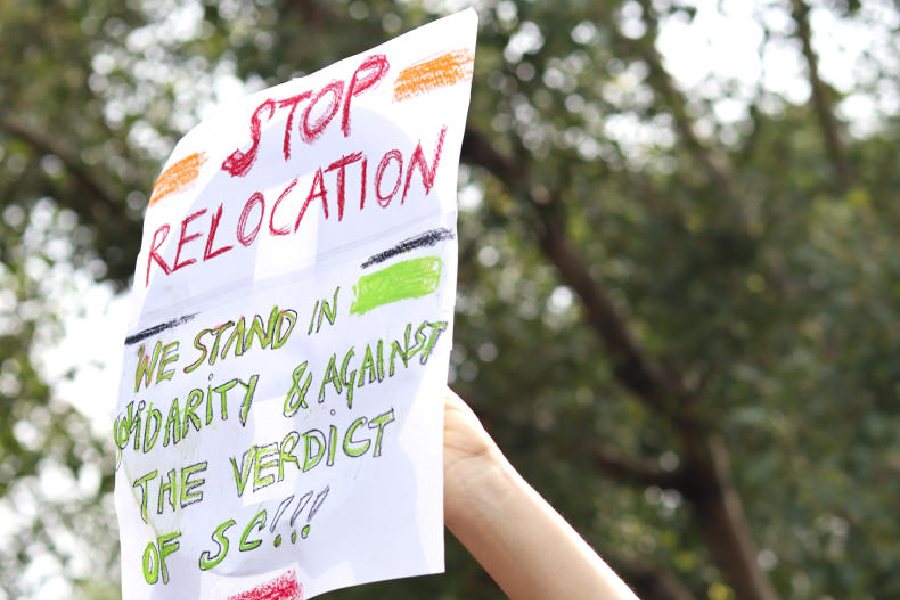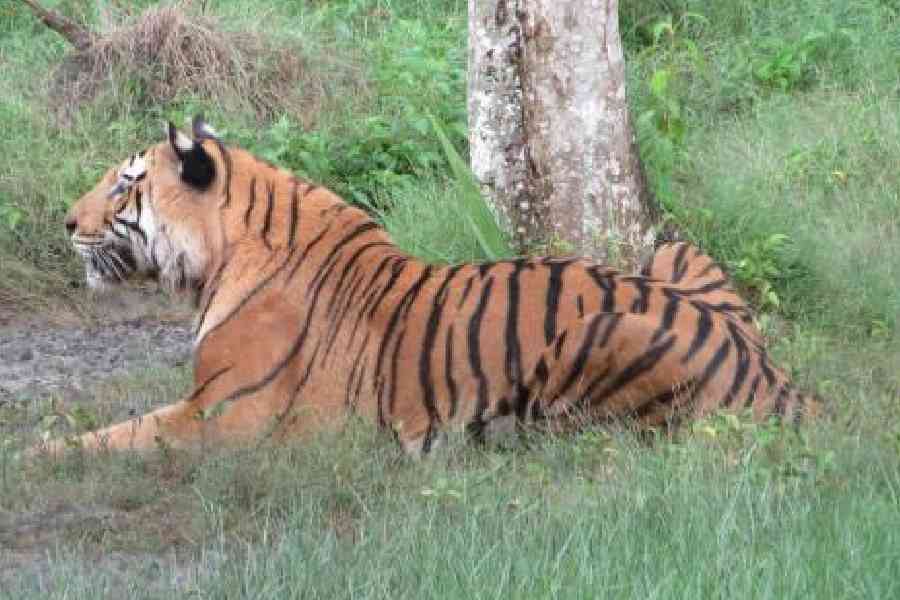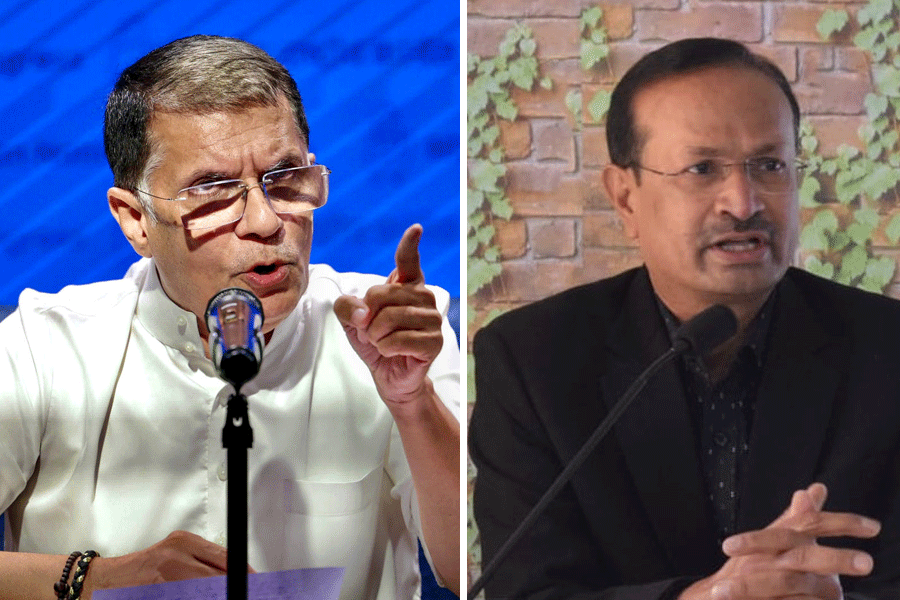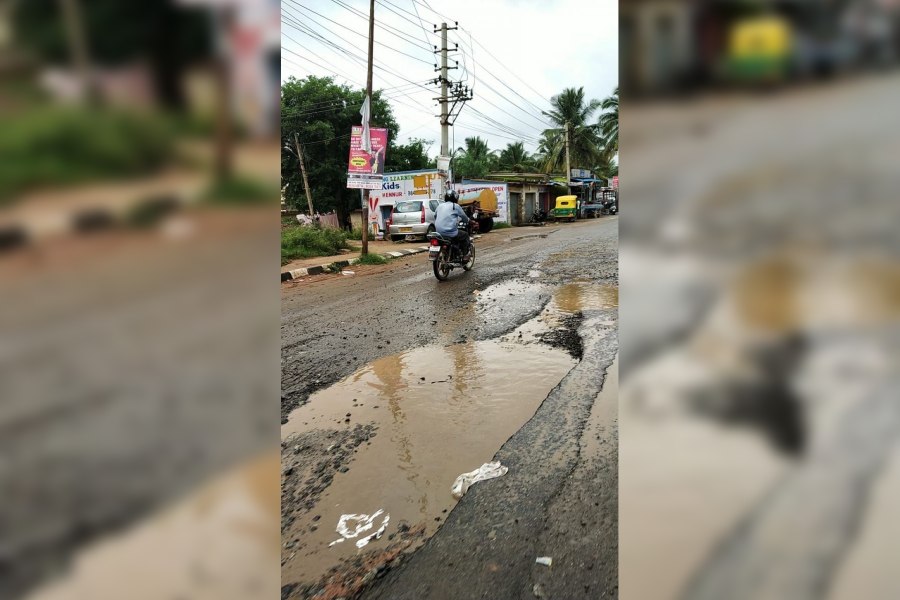 |
In the middle of all the paperwork around his Friday film Satyagraha in his Andheri office, lies the book Agenda For A New Economy by David C. Korten. Just behind on the wall is the poster of Damul, the first film that made Prakash Jha a force to reckon with. t2 sat down for a chat with the director over roti and rajma.
The main interest about Satyagraha is whether it is based on Anna Hazare’s movement. Are you trying to capitalise on this controversy?
All this talk... neither does it make me happy nor does it make me sad. What Anna Hazare and Arvind Kejriwal did is definitely a part of my film. An act of my film, yes. But it is a huge emotional story about a father who has lost his son, a son who is looking for his father and several other elements in their lives. It’s more about the personal pain of one person becoming a huge social issue. So the film is not only about one protest.
Did the Hazare-Kejriwal protest trigger the idea in the first place?
The idea was triggered much before their movement started. It has been a worldwide phenomenon for the last five-six years. One could see the growth of disenchantment and dissatisfaction over governance, over systems, over their own state of affairs. Especially in the middle class. Not only in India, but the world over. And the thing is that none of these movements have come to terms with themselves. Neither have they come to conclusions. There is discontent. So, the film is about understanding this discontent and what is bringing about this change.
On the one hand, in society we are constantly reminded of the moralities, the virtues of truth, of honesty, charity and all those things, and on the other hand, all the mechanisms lead us to selfishness, competition and greed, which are now all considered good. This is the confusion with which our youth is growing up. What will they grow into? This is the core of Satyagraha.
Do you only raise questions or do you offer solutions in your film?
I am only telling a story. And it deals with today’s youth and an upsurge.
Aarakshan, Chakravyuh and now Satyagraha. Your films are becoming a set format... a string of stars in a movie about some burning topic...
Chakravyuh was not really a multi-starrer. Even Aarakshan for that matter... just because it had Saif (Ali Khan) and Mr (Amitabh) Bachchan, it doesn’t become a multi-starrer. Yes, Raajneeti was a multi-starrer and Satyagraha is a multi-starrer. There are stories which I want to tell. These stories are important. They are all different. Raajneeti was about today’s politics, Aarakshan was about the unseen forces behind today’s education system, Chakravyuh was another story which had to be told. Satyagraha is again very contemporary... about the mindset of today’s youth. I am excited and scared.
How have you connected your film with the Gandhian policy of Satyagraha?
To tell you more honestly, Mr Bachchan’s character is closer to Mahatma Gandhi than anyone else. In thoughts. May not be in action, but in thoughts. This is an interpretation. Let people see and judge for themselves. ‘Satyagraha’ basically means protest. You believe in the truth and you insist on the truth, no matter what. This has also become a generic term over the years. Challenged by the times and the enormity of the situation, Mr Bachchan’s character goes on a satyagraha. And others get sucked in because of personal and emotional reasons.
Do you use Gandhi’s name in the film?
The imageries are there. I do not use Gandhism as such but a couple of mentions are there. Even the bhajan (Raghupati Raghav) has been used in a different way. Ab tak dheeraj manga tha... Prabhu ab dheeraj mat dena.... Sehte jaaye, sehte jaaye, sehte jaaye... Aisa bal bhi mat dena... Uth kar karne hain kuch kaam... Raghupati Raghav Raja Ram.
You have also kind of created a studio system where you work with the same set of actors — Ajay Devgn, Manoj Bajpayee, Arjun Rampal and Amitabh Bachchan — and cast them in different roles in almost every film...
You are right. I tend to create a family with my actors and then repeat them. They are very good actors. Everybody repeats actors. Karan Johar or Yash Raj... they also repeat the same actors. As for me, I find Ajay suitable for any kind of character. He can do a Singham as convincingly as a Gangaajal. Same with Manoj. Arjun wanted to work with me again after Raajneeti.
From Damul to Satyagraha, how do you think you have changed as a filmmaker? Is that innocence still there?
Who am I to make a comment on that? It’s about the passage of time, about living in that time. I am still as excited about a film, working on a new subject, working on new scenes... as I was working on Damul. I didn’t even realise how all these years, all these films passed by. Have I changed? Yes! When it’s scorching summer, you will wear a set of clothes. On the top of the Himalayas you have to wear something else. Things have to change as per the need and requirement of the market and the audience you want to address. When I made Damul, I didn’t even think about distribution; it was not there on the radar. Now, that’s the first thing you have to think. Whether it will be seen and heard. And you have to design it accordingly.










